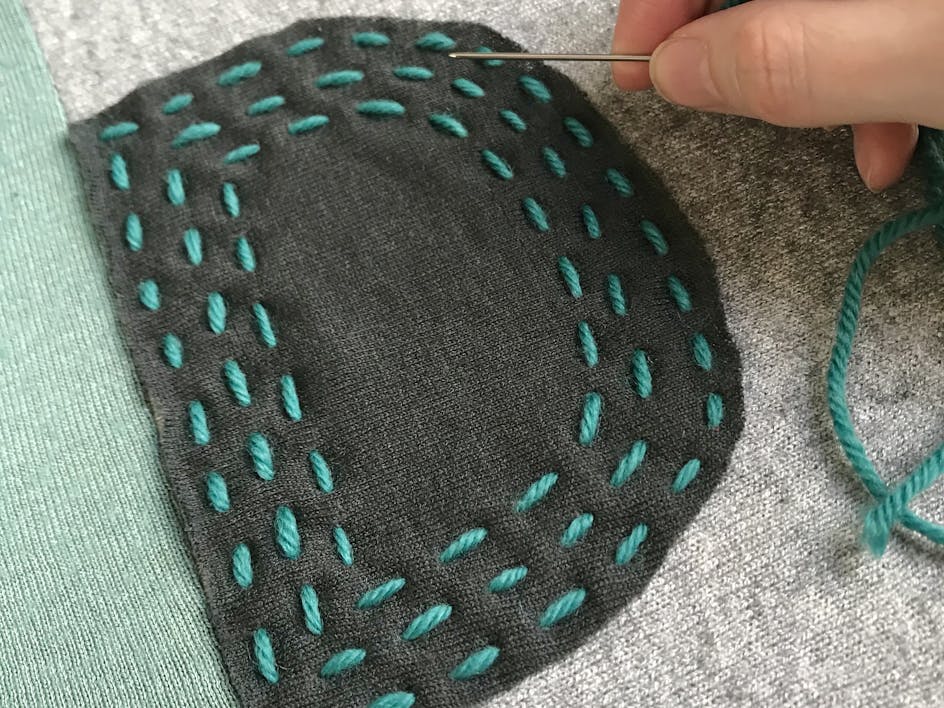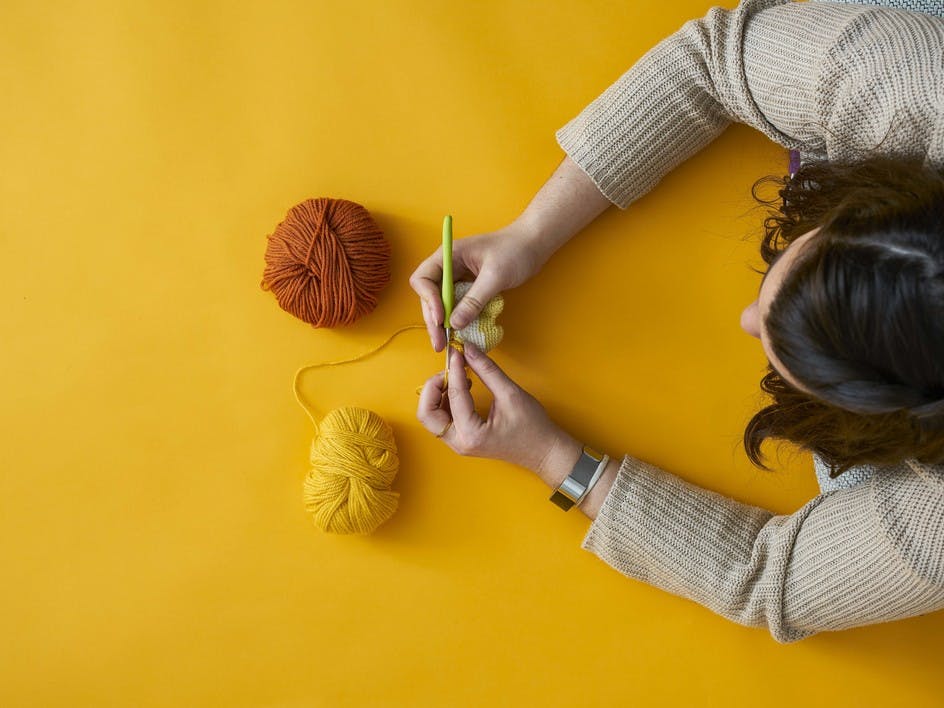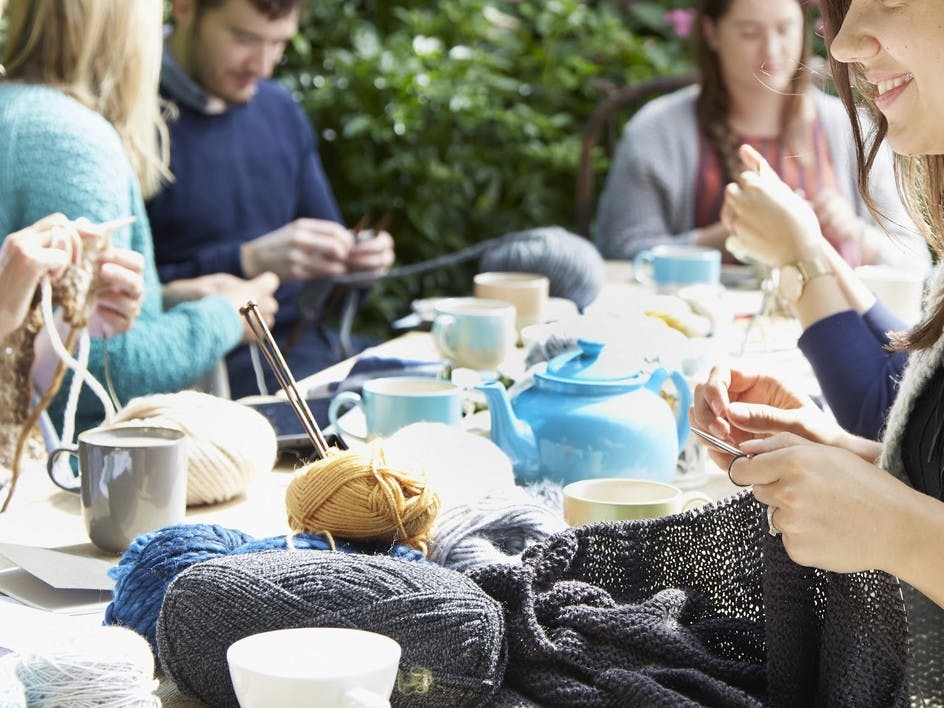Why does my yarn have knots in it?
Published on December 19, 2018 By Elizabeth Bagwell 4 min read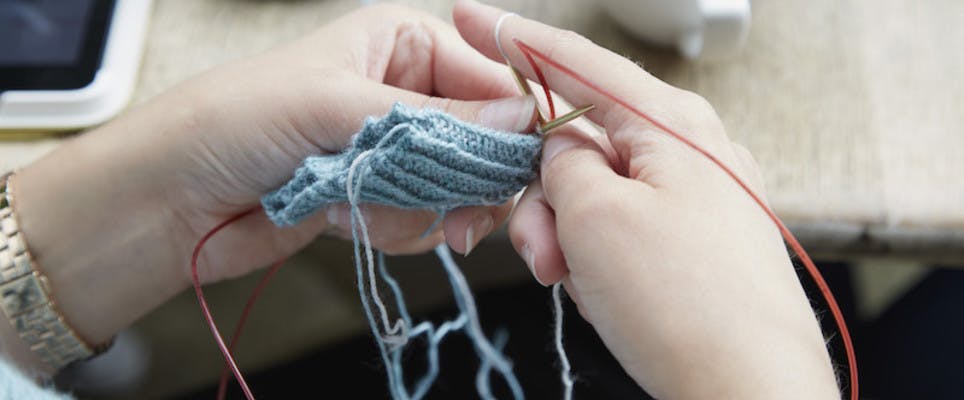
Finding a knot in a new ball of yarn can be frustrating. Elizabeth Bagwell explains where they come from and how to handle them.
We’re not talking about tangles here – although those are annoying too – but knots where the yarn has been broken and tied back together. They can be really irritating but are, unfortunately, an inevitable part of knitting. The only real way to avoid them entirely is switch to only using your own hand spun yarn – at least that way you’ll know where the joins are!
Where do knots in yarn come from?
Knots in new balls of wool come from workers joining new threads or repairing breaks during the spinning process. In a multi-ply yarn (one made up of several threads) the knot may be in a single ply or across the whole yarn.
Why can’t manufacturers make yarn without knots?
The short answer is that nothing in the world is perfect. It’s impossible to make a continuous thread with no breaks or joins. The mass manufacturing techniques that keep the prices of yarn down mean that yarn is made in kilometres, then wound into balls that measure in metres. Knots could be anywhere, and figuring out where they are to discard that ball with the knot would increase the cost of all the yarn made in the factory.
But I’ve seen knots in hand-dyed yarn, too.
Hand-dyed yarn is almost always made from a commercially spun base yarn. So before being dyed, it goes through the same manufacturing process and has the same risk of knots. Because hand-dyers handle yarn more carefully during the dyeing process, many will pick out skeins with knots and sell them as seconds or reject them. However, many knots are small and neatly tied so are hard to spot. And throwing raw materials away will drive up the cost of any product, so if you had a choice you might prefer to deal with the occasional knot.
Knots are really annoying though. What can I do about them?
If a knot is in a single ply (just one thread of several) I tend to trim any loose ends and ignore them. Seriously – just knit them right in. I’ve never spotted one in a finished garment after doing this.
A knot that’s across the whole yarn should be treated like joining a new ball. Untie the knot or cut it out, then either spit-splice it or leave a tail long enough to weave in and start knitting with the new thread. If you ignore the knot and knit past it, you may get a lump in your knitting or find that it comes undone at an importune moment, but a knot on the inside of a toy, for example, will be invisble.
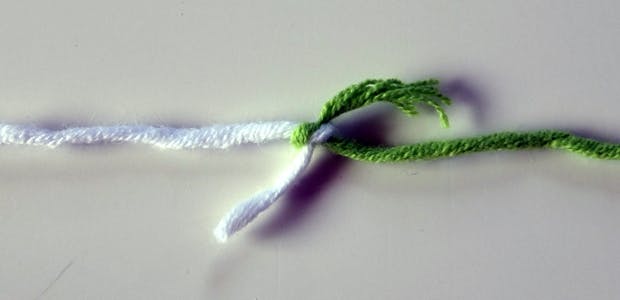
I’ve only found one knot, but it’s wrecked the color sequence.
Yarn breaks in self-striping and patterned yarn are the most annoying of all as even a single break can turn a pair of neatly matched socks into fraternal twins.
But I’m already half way through the second sock.
There are two ways I’ve found to deal with this problem. First, you can spot the knot before you start to knit if you rewind the ball. Personally, I do this about as often as I swatch, i.e. almost never. Second, all commercial yarns have repeating patterns in their stripes or color sequence (and if they don’t, you can’t make identical socks anyway). I wind the yarn out of the ball until I find the point where the yarn repeats and rejoin the yarn at the right point. I save the extra, in case I need it later on but honestly, I usually don’t.
